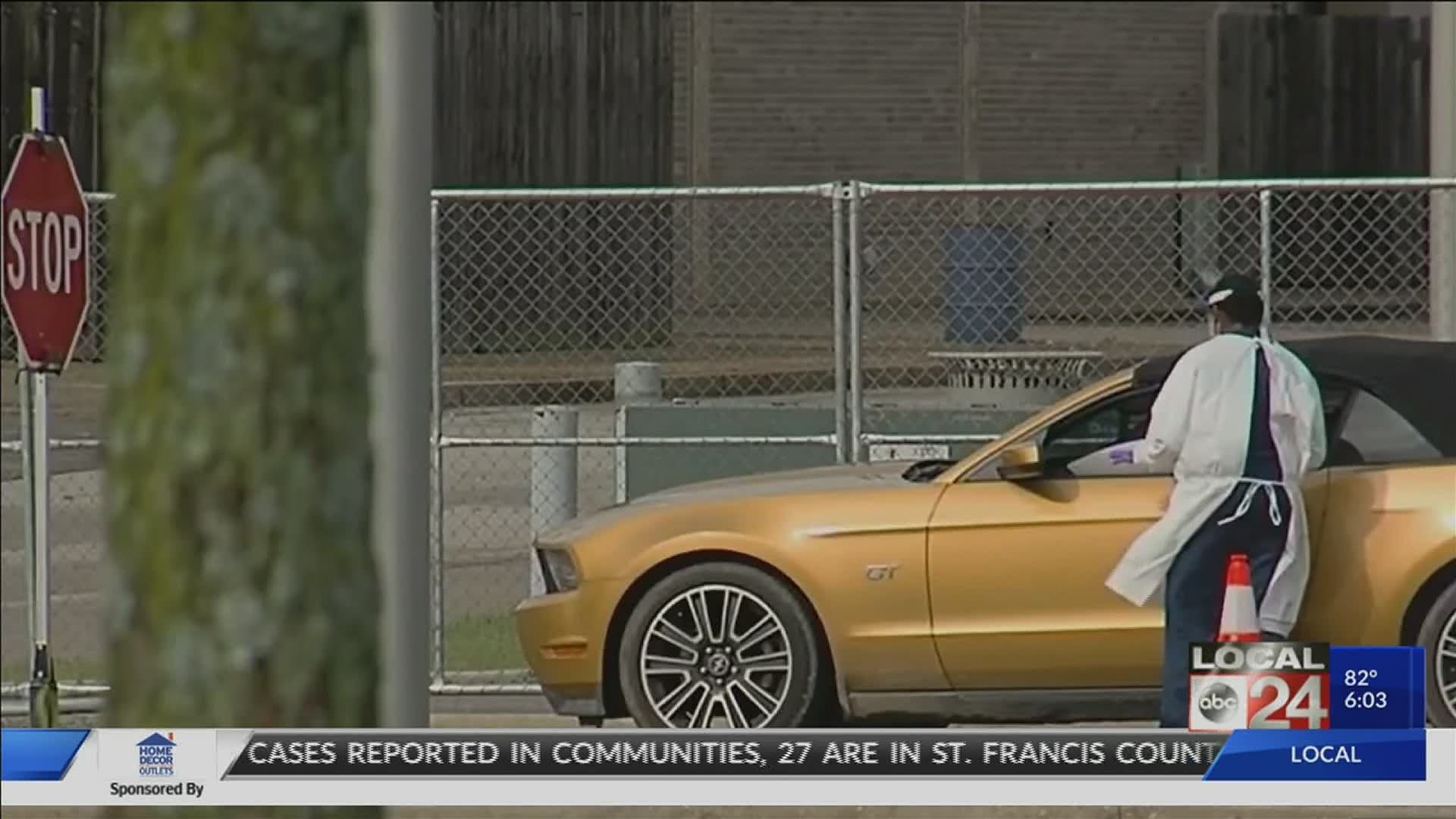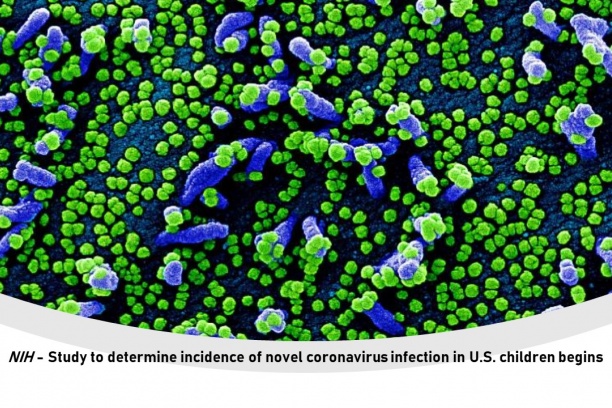MEMPHIS, Tenn. — A new report from Vanderbilt University says that if the COVID-19 transmission rate stays the same, researchers expect the statewide hospitalization rate will be around 300 people a day, which is what it has been for the past several weeks.
The number is a significant drop from earlier predictions by Vanderbilt researchers.
This is the first analysis done by Vanderbilt researchers since the state of Tennessee began opening up sectors of the economy.
"What we really wanted to do is set what we call a baseline for evaluating changes to the transmission of the coronavirus moving forward," said Dr. John Graves, Vanderbilt professor.
Graves said it’s too early to assess the impact of businesses opening up across the state, but they now have a baseline to compare it to.

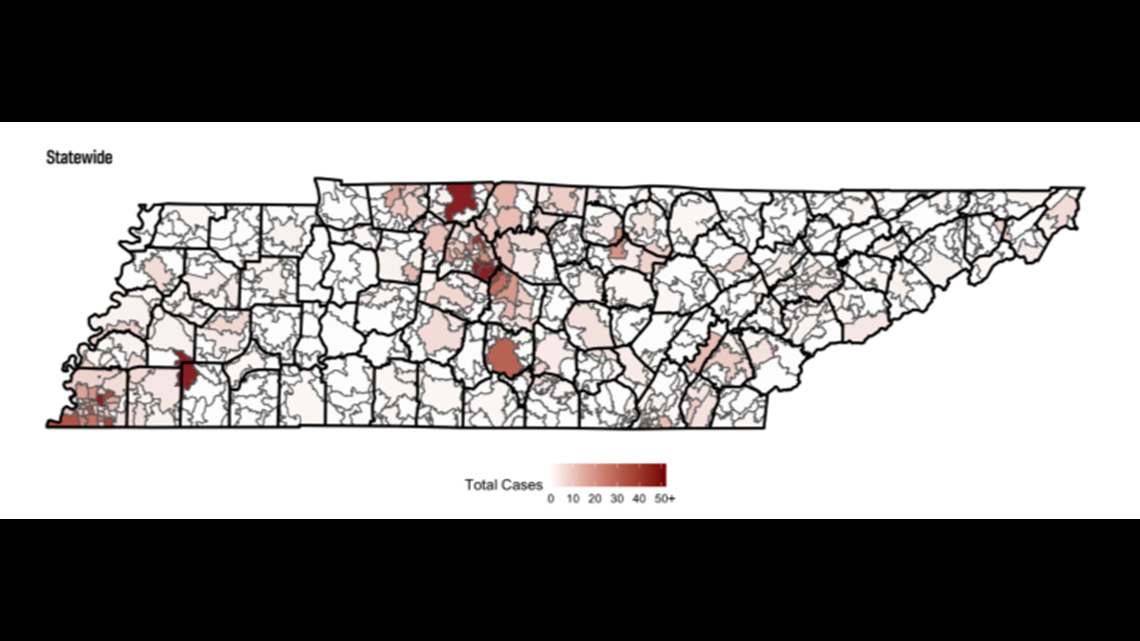
Graves says the transmissions numbers remain the same statewide here in Memphis and Tennessee at about 1 to 1. That means every person with COVID- 19 is transmitting it to an average of one person, which is considered stable or simmering.


While the transmission rate is stable, the number of cases has been rising. Researchers say that is likely due to greater testing at drive-thru sites across the state and testing of populations such as prisons.
"Where are the infections concentrated? Where is it growing, where it is receding, so we can direct public health resources it, know where we are seeing greater case growth," said Graves.


The report also breaks down the number of COVID-19 patients in hospitals in the Mid-South. On April 15th, there were 63 patients, compared to 95 on May 11th. The report also said as of May 11th, 45 people in the Midsouth were in an intensive care unit, and 19 were on ventilators.

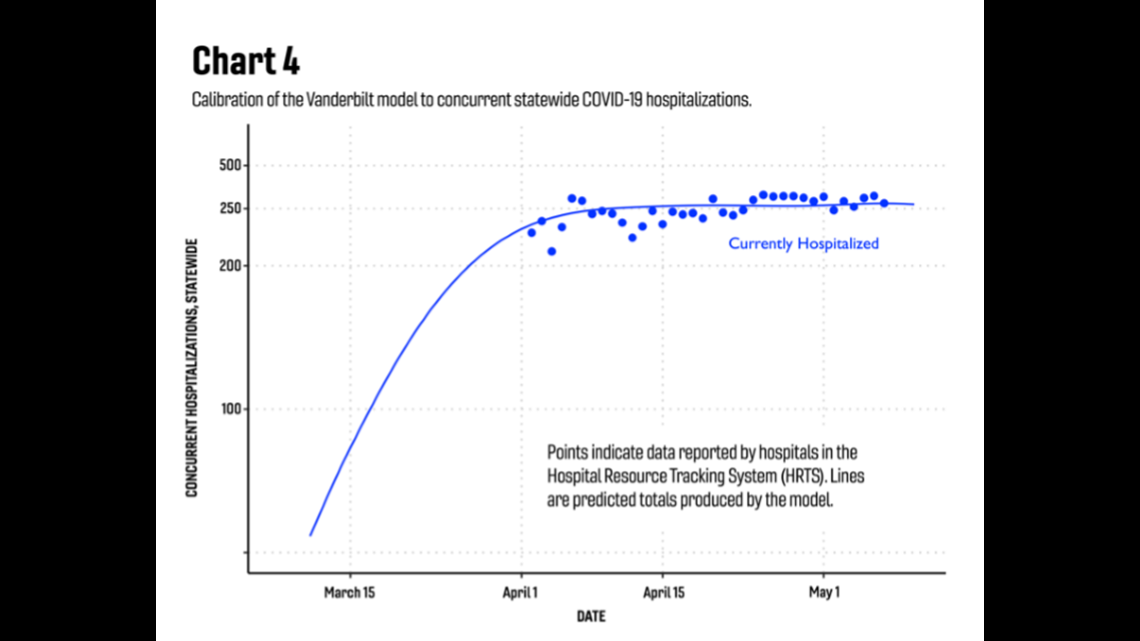

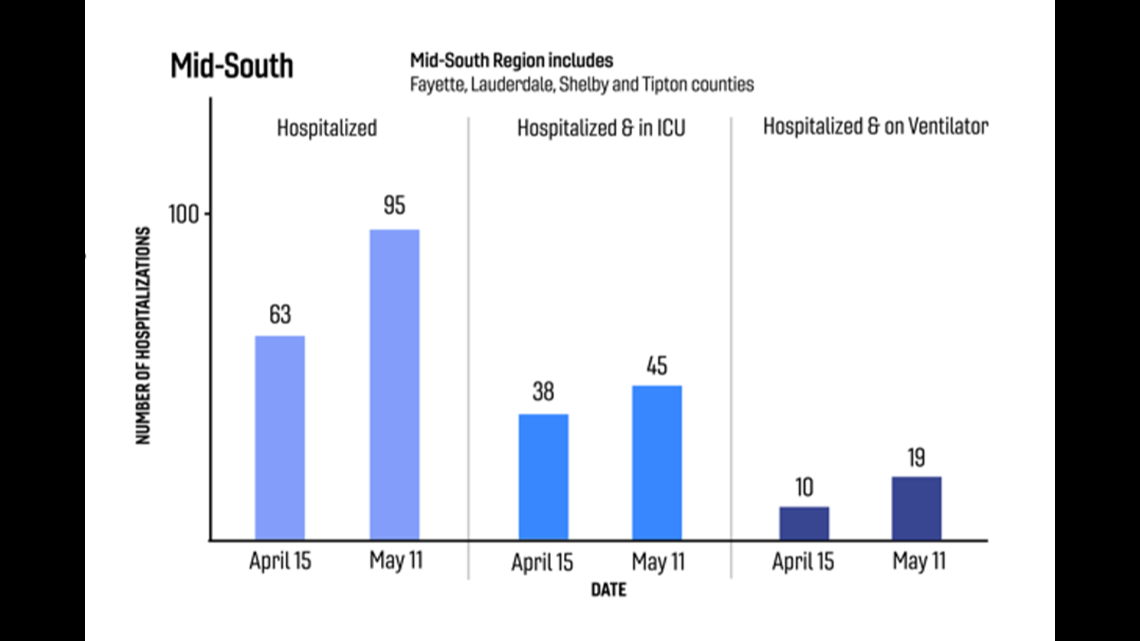
As of now, researchers predict 4 %of active infections require hospitalizations, and the fatality rate is at a .9 % - both down from earlier predictions.
Graves says the more data they get, the more tweaking than can do on the model. But Graves added, "there is no perfect model. We are not fortune tellers. Our goal in doing the modeling is to help decision makers understand the spectrum of experiences that could occur in the future."
Graves says as more people get out, only time will tell if the transmission or hospitalization rates will increase, stay the same, or drop.

